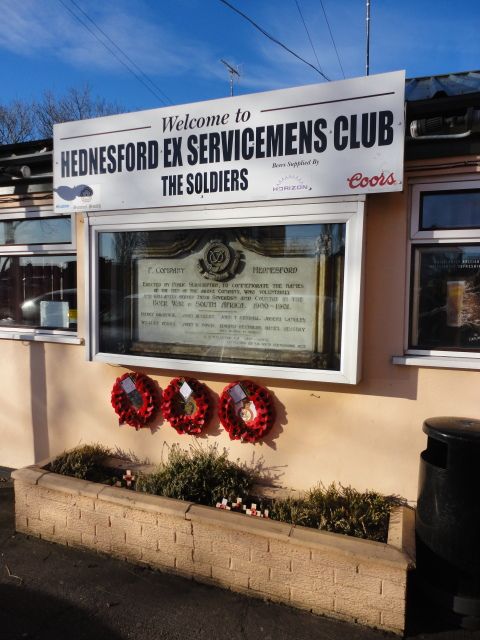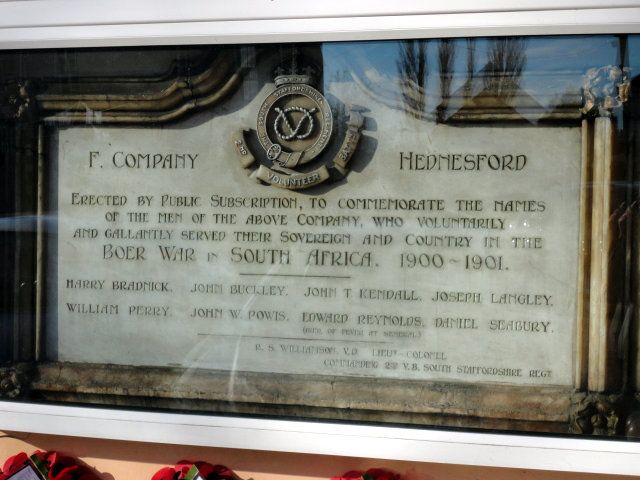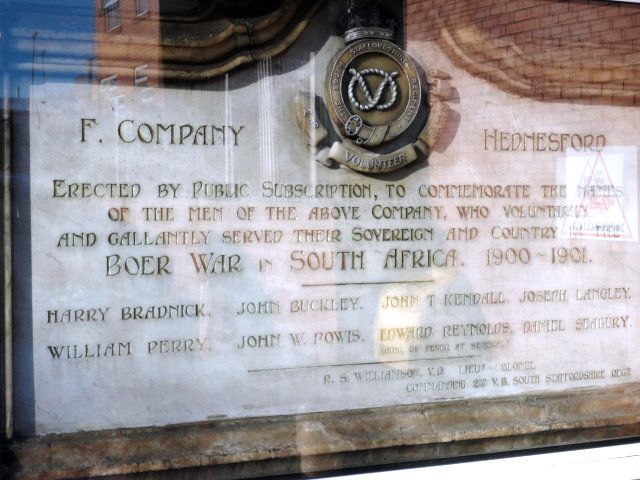A YEOMAN'S BIGAMY.
In Dumfries Sheriff Court on Wednesday - before Sheriff Campion - Alfred James Bishop or Whitbread, a corporal in the Leicestershire Yeomanry, was charged with having on the 8th September, 1899, in the dwelling-house at Pleasance, Parkgate, Kirkmichael, Dumfriesshire, occupied by David Little, blacksmith, and being already the lawful husband of Thirza Smith or Whitbread, 50 Cross Street, Oadby, Leicester, bigamously married Janet Moffat Little, domestic servant, and daughter of the said David Little, residing at Bedford House, 12 Northumberland Street, Huddersfield.
Accused, a smart, stalwart man, dressed in khaki and wearing his regimental greatcoat, tendered a plea of guilty. Mr James Kissock, solicitor, appeared on his behalf.
Mr Phyn, procurator-fiscal, said this man until recently was a coachman in Leicester, where he met a young woman named Janet Moffat Little, who belonged to the parish of Kirkmichael. She had been a domestic servant for some four or five years, and, by a mutual acquaintance, was introduced to accused, who represented himself to be Alfred James Bishop, and that he was a single man. They became intimate in their relations, with the result that it was arranged that he should marry the girl. He came to this county in the month of September, 1899, and married her. After the marriage he went back to Leicester, but shortly returned and stayed with the girl's father for some months, doing nothing. He then left Kirkmichael, and went back to Leicester and joined the Imperial Yeomanry, leaving for South Africa with his regiment in April. He corresponded with Little, and sent her about £18. She applied for separation money to the War Office, but received an answer back that there was no such name in the regiment. She then forwarded his photograph, and he was identified under the name of J. Whitbread. She had his correct regimental number. She was then told that this man was already married, and that Mrs Whitbread was getting the separation allowance. Information was also forwarded by the War Office to the Chief Constable of Dumfriesshire about the affair. A child was born of this second marriage, and altogether Little appeared to have been treated very cruelly.
Mr Kissock said accused became acquainted with this girl through a mutual friend in Leicester. He was a coachman there at the time, and was thrown pretty much into her company, and afterwards improper intimacy took place between them. When it became clear that there was a child to be born, he consented to marry the girl. She went home in July, and some correspondence had taken place between them. In that correspondence she reminded him of his promise, and pleaded with him to fulfil it. He, of course, did not wish to fulfil it and she came down to Leicester, waited a week, and persuaded him to come back to Kirkmichael, and there the marriage was entered into. It seemed to have been a policy of drifting on his part, and he had previously borne a good character. For five years he was a coachman with a retired colonel - Col. Chapman, of the 8th Hussars. For seven years he was a coachman with Mr Ellis in Leicester. Then he joined the Yeomanry, with whom he had been for a year and seven months. During that time he had been exceedingly well behaved, had never committed any offence, and he had risen to the rank of corporal. While in South Africa he kept his wife and child and corresponded with his wife, besides sending this Janet Little £18. She had not been so very cruelly treated. In conclusion he pointed out that the promise of marriage took place after the improper intimacy, and that the girl herself was, to a certain extent, to blame for what had taken place.
Sheriff Campion asked where accused's wife had been all the time he was in Leicester.
Mr Phyn said he expected he must have been separated from her. She was living in a place called Oadby.
Mr Kissock explained that Oadby was a kind of suburb of Leicester, and that the accused was living with his wife, and had always treated her well.
Sheriff Campion, addressing the accused: It seems to me, taking everything into consideration, a very bad case. You must go to prison for six months.
Dumfries and Galloway Standard, Saturday 11th January 1902
Two possible births in the parish of Kirkmichael, both in 1901 - James Little or Bella Little.


































